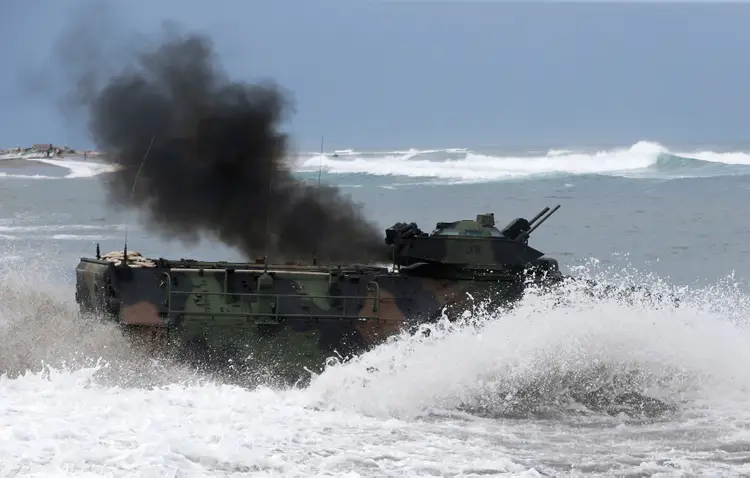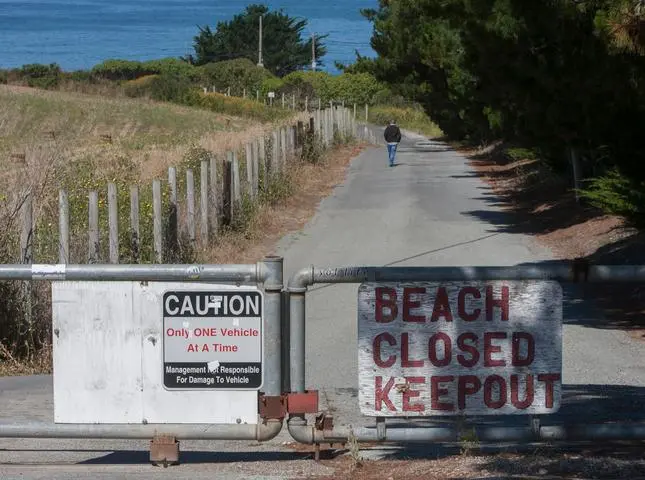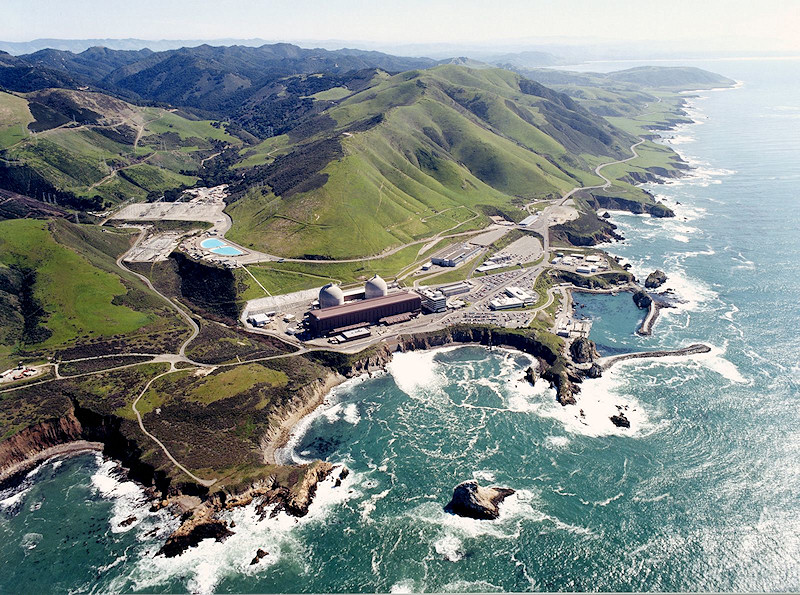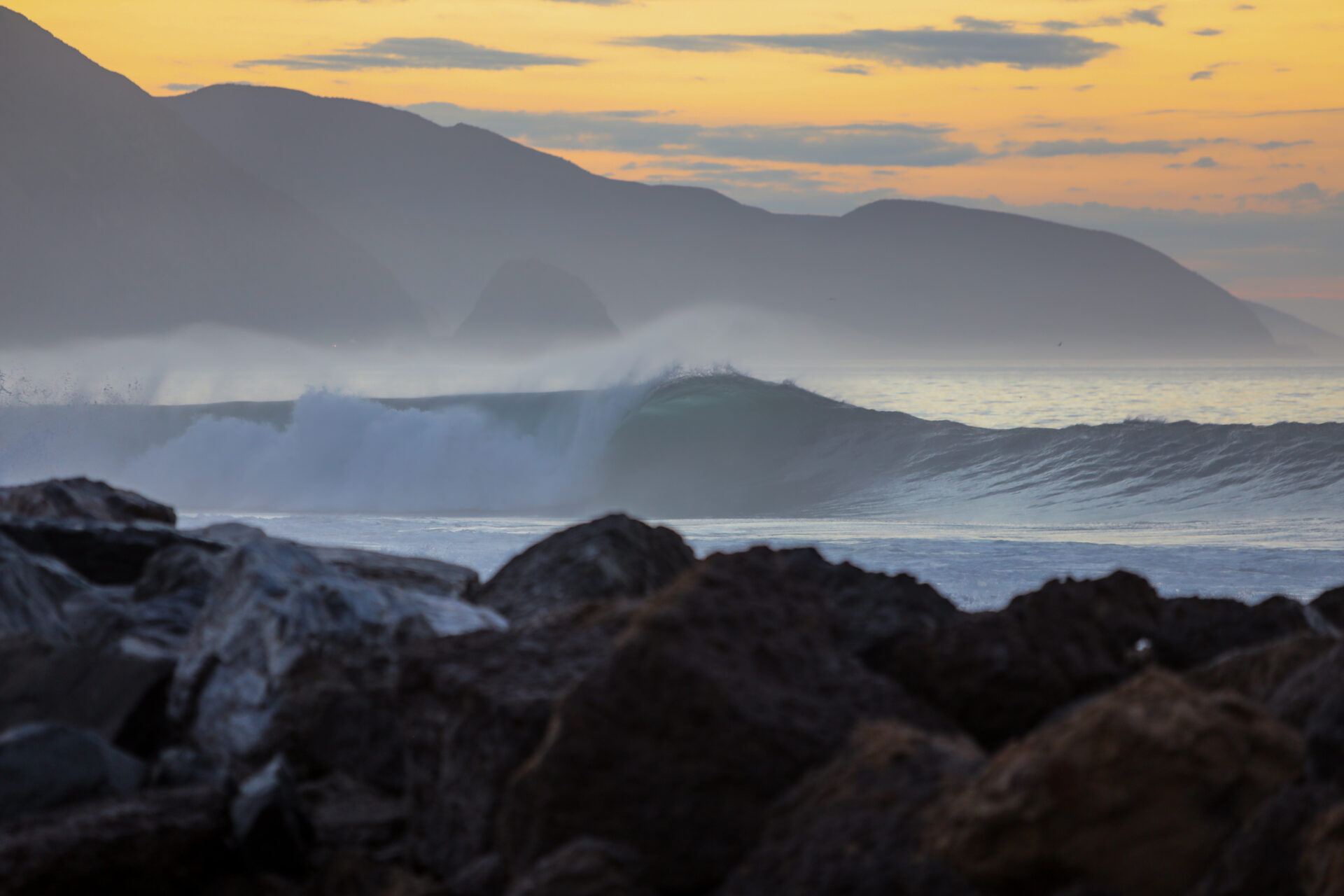Historically, surfers are notorious rule breakers. In the surf world, disobedience and non-conformity weren’t born out of malicious or even a rebellious spirit, but rather the simple desire to surf. When class, work, familial commitments, or the occasional private property barrier got in the way of our ability to surf, it was ignored. Today’s surfers don’t possess the same counterculture force as our predecessors, and for the most part, today’s coastline is largely accessible. Occasionally, to surf some of the best waves on the California Coast, one must tap into their inner rebel, throw caution to the wind, and do some good old-fashioned trespassing, connection exploitation, or simply be invited. California is the surf capital of the US, and for good reason, there are consistent waves and a variety of quality breaks up and down the 840-mile Pacific Coast. While the days of secret spots and intense localism are more or less behind us, some of the state’s best waves remain inaccessible to the public. Recently, FIX founder Tony Zentil was invited to Point Mugu to enjoy some of California’s most notorious forbidden fruits, and it got us thinking about The Forbidden Waves of the California Coast. Dive in below as we mind surf the coastal gems we may never encounter.
 Hollister Ranch Credit: The Surfers Journal
Hollister Ranch Credit: The Surfers Journal
Hollister Ranch
Perhaps the most well-known forbidden wave on the California coast is the many points that peel below the exclusive Hollister Ranch. The Ranch is a private 14,400-acre property along the Gaviota Coast in Santa Barbara County, California that is home to 8.5 miles of pristine coastline that includes some of California’s most sought-after surf spots. Throughout the 1960s, members of the Santa Barbara County Surfing Association regulated access to the Ranch. In the 70s, the Ranch was subdivided, and affluent surfers and other wealthy individuals quickly purchased parcels and designated coastal access exclusive to Ranch landholders. While there have been challenges to the legality of private coastal access at the Ranch, at the moment, parking at the Ranch requires a $900,000- $7 million parcel purchase. While it’s possible to access the Ranch by boat, don’t expect to be welcomed into the lineup.
In 2018, the California legislature passed Assembly Bill 2534, which aimed to create a public access program requiring the California Coastal Commission to develop a plan to open access to the public. However, the implementation of this plan has faced significant resistance and delays. In 2021, a settlement was reached between the state agencies and Hollister Ranch. The settlement outlined a phased plan for providing limited public access to the beaches within the Ranch over the coming years. The agreement includes specific provisions for controlled public access, such as guided tours and scheduled access times, rather than open, unrestricted access.
 Killer Dana in the 60s Credit: Killer Dana Surf Shop
Killer Dana in the 60s Credit: Killer Dana Surf Shop
Killer Dana
Unlike the other featured waves, Killer Dana is not restricted to the rich or government employees but to surfers who lived and surfed before 1966, when the wave meant an untimely death at the hands of the Army Corps of Engineers. In its heyday in the 1950s and 60s, Killer Dana was uttered in the same breath as San O, First Point Malibu, and Rincon. A true gem on the California coast, Killer Dana was a lengthy right-hand point that could hold serious size. Today, the Dana Point Harbor sits at the site of this once great wave.
 Camp Pendleton Credit: Business Insider
Camp Pendleton Credit: Business Insider
Camp Pendleton
Located just south of the famed waves at Lower Trestles, Camp Pendleton is another restricted stretch of coast reserved for military personnel. As one would assume, given the Marine base location near some of California’s best waves— there’s surf. Those granted access to Camp Pendleton can enjoy the waves at Del Mar jetty (DMJs), a peaky beach break that works best with a S or SW swell.
 Point Mugu Naval Base Credit: CSUCI “The Beach” Blog
Point Mugu Naval Base Credit: CSUCI “The Beach” Blog
Point Mugu
Located within Naval Base Ventura County, Point Magu is yet another military-only surf break in Southern California. Point Magu, located just south of Oxnard, offers permitted surfers a fast, hollow wave that is well worth the drive from LA. There are two main breaks in the Point Mugu area. Mugu Beach is an average beach break with fun waves. The real treasure at Point Mugu is the point break, a fast-breaking, hollow right-hand point that may be worth enlisting for on its day of days.
 No access at Martin’s Beach Credit: Santa Cruz Sentinel
No access at Martin’s Beach Credit: Santa Cruz Sentinel
Martin’s Beach
Martin’s Beach is a secluded, often foggy stretch of coast just off Highway One, south of Half Moon Bay. For nearly a decade, it was the center of a coastal access battle that began when billionaire Vinod Khosla purchased the property surrounding Martin’s Beach in 2008 and closed off the only access road to the public. In doing so, Khosla violated the California Coastal Act, which mandates that the public should have access to all coastal areas in the state. The California appeals court ruled Khosla would have to open the gate to public access. In 2018, Khosla petitioned the US Supreme Court to hear the case, arguing that the lower court’s decision amounted to an unconstitutional “taking” of his property without compensation. Ultimately, the Supreme Court decided not to hear the case and sided with the lower court’s decision. The Martin’s Beach case represents a monumental victory for surfers fighting for coastal access.
 Diablo Canyon coastline Credit: Sanonofresafety.org
Diablo Canyon coastline Credit: Sanonofresafety.org
Diablo Canyon Power Plant Area
The Diablo Canyon Power Plant is perched on a section of pristine California coastline in Central California. Diablo Canyon is the last operating nuclear plant in the state. In 2016, Pacific Gas & Electric announced it would forgo license renewal and close the power plant at the expiration of its existing license, which is set to expire in 2024 and 2025. However, the state authorized PG&E to operate for up to five more years. As of July 2023, decommissioning plans are moving forward. The plant and its secured surrounding area stretch 7.9 miles along the coast and cover 12,000 acres of land. Due to security requirements, accessing the shoreline or even one nautical mile directly offshore is practically impossible. Local surfers are hopeful the impending closure will allow them to access the nearly 8 miles of coast and the waves that break there.
 Check out tools from Fix Manufacturing
Check out tools from Fix Manufacturing
In a state so intertwined with surfing, it’s surprising that some of California’s best waves remain under lock and key, available only to a select few. While we’re confident things will change and oppose restricted access to the coastline under any circumstances, we’ll still gladly take an invite to the Ranch.









